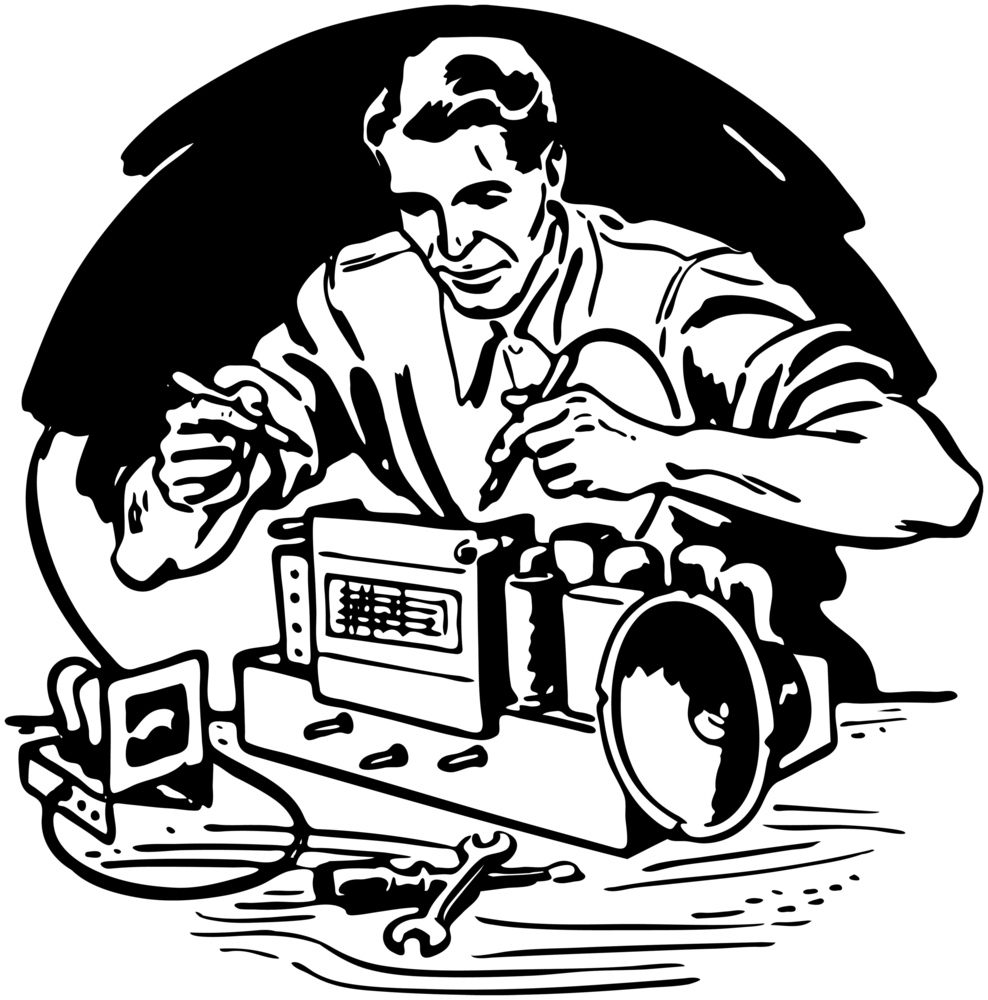
The transistor has made a big impact in the world of electronics. This tiny, powerful device has changed the digital age, enabling everything from modern computers to smartphones. What are the origins of the transistor and how did it make the impact that it has?

Vacuum Tubes
Before the transistor, electronic devices relied on bulky and fragile vacuum tubes. These tubes were not only inefficient but also generated a significant amount of heat. As technology advanced, there was a growing need for a smaller, more reliable alternative.
 Breakthrough -1940’s
Breakthrough -1940’s
The breakthrough came in 1947 at Bell Laboratories when John Bardeen, Walter Brattain, and William Shockley jointly developed the first transistor. This solid-state device could amplify electrical signals, replacing the large and cumbersome vacuum tubes. The name “transistor” is a contraction of “transfer resistor.”
The first transistor was the point-contact transistor. It consisted of two small metal wires touching a germanium crystal. By applying a voltage to one of these wires, it was possible to control the flow of electrical current through the crystal. This was a pivotal moment in the history of electronics.
 1950’s
1950’s
In 1951, Bell Labs introduced the junction transistor, which replaced the point-contact design with a more stable and controllable structure. The junction transistor marked a significant advancement and paved the way for mass production.
One of the earliest consumer applications of transistors was in portable radios. Transistor radios became immensely popular due to their compact size and improved energy efficiency. This marked the beginning of the miniaturization trend in electronics.
 60’s to Now
60’s to Now
The 1960s saw the development of integrated circuits (ICs), which revolutionized electronics further. ICs combined multiple transistors, resistors, and capacitors on a single silicon chip, enabling the creation of smaller, more powerful, and energy-efficient devices.
Transistors became a crucial component in the rise of digital technology. Microprocessors, memory chips, and other semiconductor devices relied on the miniaturization and performance improvements offered by transistors.
In recent years, the quest for smaller and more energy-efficient transistors has led to innovations like FinFET and beyond. Researchers are exploring new materials and technologies, such as carbon nanotubes and quantum dots, to push the boundaries of what transistors can achieve.
Conclusion
The transistor’s journey from its humble beginnings in a lab to becoming the foundation of the digital age is a testament to human innovation. This small device has not only reshaped the electronics industry but also transformed how we live, work, and communicate in the modern world. It has contributed to the breaking down of communication barriers and expanded our world. As the quest for smaller, more powerful transistors continues, we can only imagine the exciting possibilities that lie ahead in the ever-evolving field of electronics.
